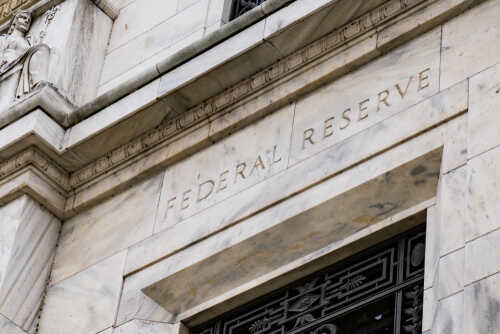(Republicaninformer.com)- American households are racking up debt at record rates, with credit cards being the primary culprit of that debt.
According to data that was released recently by the Federal Reserve Bank of New York, the total U.S. household debt reached $16.9 trillion in the fourth quarter of 2022, which represents a 2.4% increase (or $394 billion) over the third quarter of 2022.
Most of that debt lies in home mortgages, but balances on credit cards are swelling to levels not seen before, with delinquencies soaring as well.
During the fourth quarter of 2022, balances on credit cards increased roughly 6.6%, to a total of $986 billion. That’s the highest growth for one quarter in the history of the data, which was first recorded back in 1999. Compared to the fourth quarter of 2021, balances on credit cards increased a whopping 15.2%.
Multiple significant rates hikes have been instituted by the Federal Reserve bank over the past year as they have been trying to combat record-high inflation. It doesn’t seem that these sky-high interest rates have done much to quell credit card balances, but they certainly have had a significant effect in the housing industry.
The report from the New York Fed pointed out that mortgage originations during the last quarter of 2022 dropped to levels not seen since before the pandemic, in 2019. That’s because mortgage interest rates have increased substantially from where they were at record-low levels during the pandemic.
That being said, a continued strong labor market has kept the spending by consumers relatively high. The problem for debt balances is that consumers are putting these purchases on credit cards, which now have much higher interest rates than before, which results in the balances climbing more and more.
In a statement, Bankrate’s senior industry analyst, Ted Rossman, commented:
“It’s triple trouble for credit card borrowers. Balances are up, rates are up and more people are carrying credit card debt.”
All of this has resulted in more and more households having trouble meeting their overall debt obligations. In almost all types of debt, delinquencies increased in the fourth quarter of 2022. The delinquency transparency rate for credit cards was 0.6 percentage points, according to the New York Fed report, while it was 0.4 percentage points for auto loans.
Researchers from the Fed also pointed out that at the end of last year, 18.3 million people were behind on at least one of their credit card payments. At the end of 2019, that number stood at 15.9. That represents a 15.09% increase.
The age cohort that is having the most trouble meeting their debt obligations are younger borrowers who are in their 20s and 30s.
One of the New York Fed’s economic research advisers, Wilbert van der Klaauw, commented in a statement:
“Although historically low unemployment has kept consumers’ financial footing generally strong, stubbornly high prices and climbing interest rates may be testing some borrowers’ ability to repay their debts.”


















